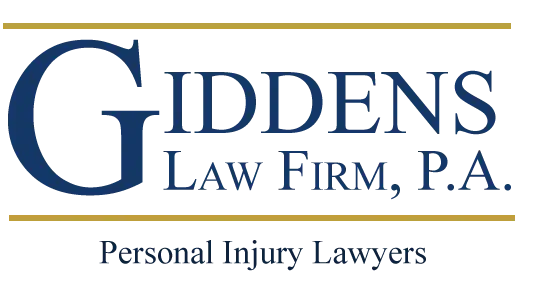What Are the Signs and Symptoms of a Traumatic Brain Injury?
The adult brain is comprised of roughly 100 billion neurons which are interconnected and interdependent. This incredibly complex organ has the consistency of Jello and is comprised of spongy gray matter and more dense white matter. Since the internal structures of the brain are different densities and any sudden change in acceleration, be it a car accident or helmet-to-helmet contact, can cause shearing of the nerve fibers where gray and white matter meet.
In any personal injury case involving a traumatic brain injury (TBI), it is vitally important to spot the symptoms of a brain injury as early as possible and to take steps in order to preserve proof of the injury or to procure additional testing to establish this new injury at trial. A personal injury attorney should be familiar with the signs and symptoms of brain injury, and make it more likely that they will be able to prove this hidden injury was caused by the other party.
The most frequently injured area of the brain is the frontal lobe, the area of the brain responsible for coordinating the functions of the different areas of the brain and focus. The function of the frontal lobe is not reproducible anywhere else in the brain. This means that even the smallest disruption of this area will likely affect the injured individual’s ability to focus and complete day-to-day tasks in the short term. Injuries that involve nerve damage or the death of nerve cells can change the functioning of the brain permanently.
How Do You Recognize a Brain Injury?
Some symptoms of a brain injury will be noted by the individual or recorded in their early medical records. Common symptoms in a traumatic brain injury victim could include:
- Headache
- Dizziness
- Nausea
- Unsteadiness
- Confusion
- Disorientation
- Feeling “dinged” or stunned or “dazed”
- Seeing stars or flashing lights
- Poor short-term memory
- Sensitivity to light
- Reduced sense of smell or taste
- Ringing in the ears
- Double vision
- Fatigue or sleep disturbance
Other times the injured individual cannot see their own deficits and rely on a family member or close friend can reveal a change in normal behavior which could include the injured individual being:
- Confusion
- Unaware of time, date, place
- Lost their memory
- Lost consciousness
- Lessened coordination
- Mood changes
- Slowed response to questions
- Lessened concentration
- Facial droop or loss of use of any faculties
What Are the National Averages of a Brain Injury?
Without a baseline of what is normal from the injured individual or someone who knows them, it may become necessary to rely on national averages for evidence of a brain injury. The following are indicators of injury:
- Glasgow Coma Scale (even deceased patients score a 3)
- The onset of headache with exercise below peak heart rate
- Elevated resting heart rate and dilation of the pupils
These numbers which may have been measured both before and after the injury, but still may be probative if they are found to be different from the average. Resting heart rate between 70-76 is a normal baseline but varies based on sex, age, and fitness level. Pupil size is normally between 4-8 mm but varies depending on light levels.
One of the clearest indications that an individual has a brain injury is that these symptoms worsen throughout the day. If one or more of these symptoms is present advise the injured party to seek assistance immediately.
How Does a Medical Professional Verify a Brian Injury?
Once a symptom has emerged it could indicate a brain injury assessment by a neurologist and potentially get one of the following scans (from most helpful to least):
- Diffusion-Tensor MRI,
- Functional MRI,
- Single-Photon Emission Computed Tomography,
- Photon Emission Tomography,
- Magnetic Resonance Imaging, or
- Computed Tomography scan.
Of these scans, the Diffusion-Tensor MRI is the gold standard for spotting injuries due to its ability to show incredible detail and show specific neurons’ ability to send or receive messages. A functional MRI maps the use of oxygen in the brain and allows patterns of brain activity to be observed. MRI and CT scans alone do not show the detail necessary to diagnose damage on the cellular level, SPECT and PET scans can show brain activity but use radioactive tracers and may also lack helpful detail.
It will be important to have the injured individual assessed under a neuropsychological test battery that assesses attention and memory function. These tests have proven effective in showing the extent of an injury on a percentile basis against the national average. Additional tests such as a Vocational Capacity Evaluation or a Functional Capacity Evaluation may also be useful in establishing deficits and supporting damages.
How a Personal Injury Attorney Can Help You With Your Brain Injury
Giddens Law Firm, P.A. has been helping TBI victims throughout Mississippi get the compensation they deserve following an accident. We see a lot of head injuries and feel it bears repeating that if any of the symptoms listed above are present after a blow to the head the injured individual should seek immediate medical attention and be monitored closely as these symptoms could point to nerve damage or a possible brain bleed.
If you were in an accident that resulted in a TBI, our personal injury lawyer is ready to take your call. Contact Giddens Law Firm today for a free consultation.
Related Practice Areas

